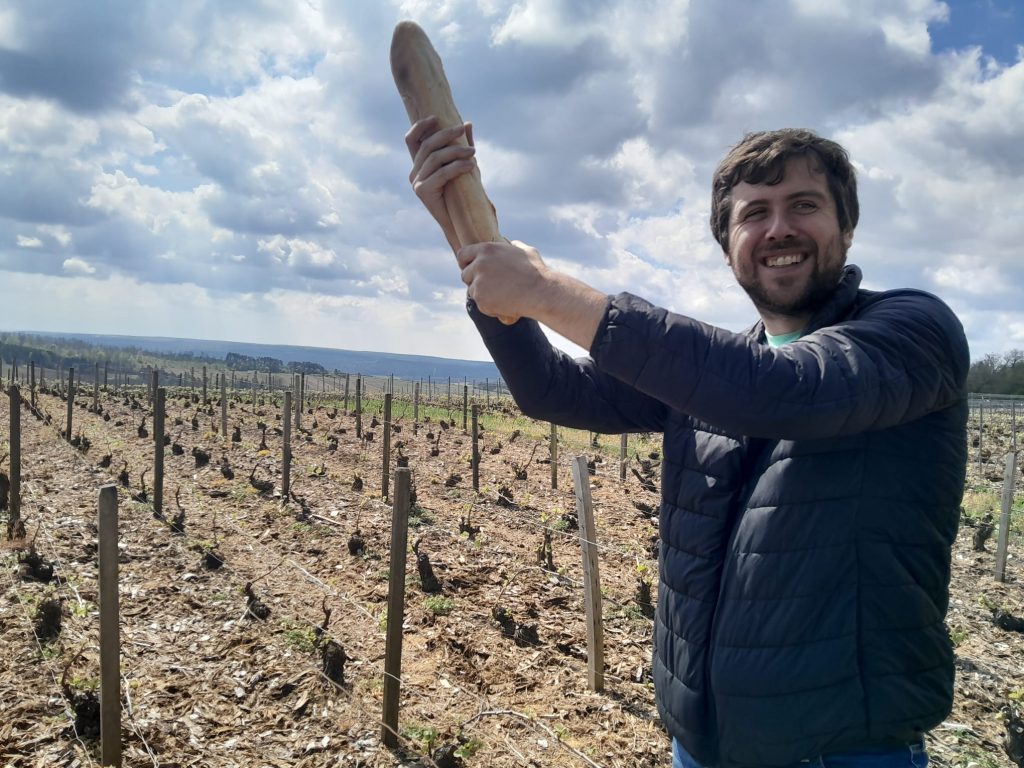
Most visitors to France’s Champagne region head directly to Reims (pronounced “Rence”) in the north to explore the big Champagne houses, such as Veuve Clicquot and Moët & Chandon.
But I’m here to tell you about a lesser-known side of this picturesque region. Further south, near the border with Burgundy (Bourgogne), you’ll find miles of bright verdant countryside, quiet châteaux, plenty of small Champagne houses, and a peaceful atmosphere.
Here are some of the best things to do when you visit this southern part of the French Champagne region.
Wander the narrow medieval alleyways of Troyes
The urban center of this area is Troyes, a small city that’s home to about 62,000 people. One of its best-known medieval residents was Chrétien de Troyes—a 12th-century French poet, known for his Arthurian romances on subjects like knighthood and the Holy Grail.
Today, Troyes is home to a few small museums, like the Maison de l’Outil et de la Pensée Ouvrière (House of Tools and Workers’ Thought). The museum is as notable for the beautiful building it’s housed in as for the collection of thousands of tools inside.
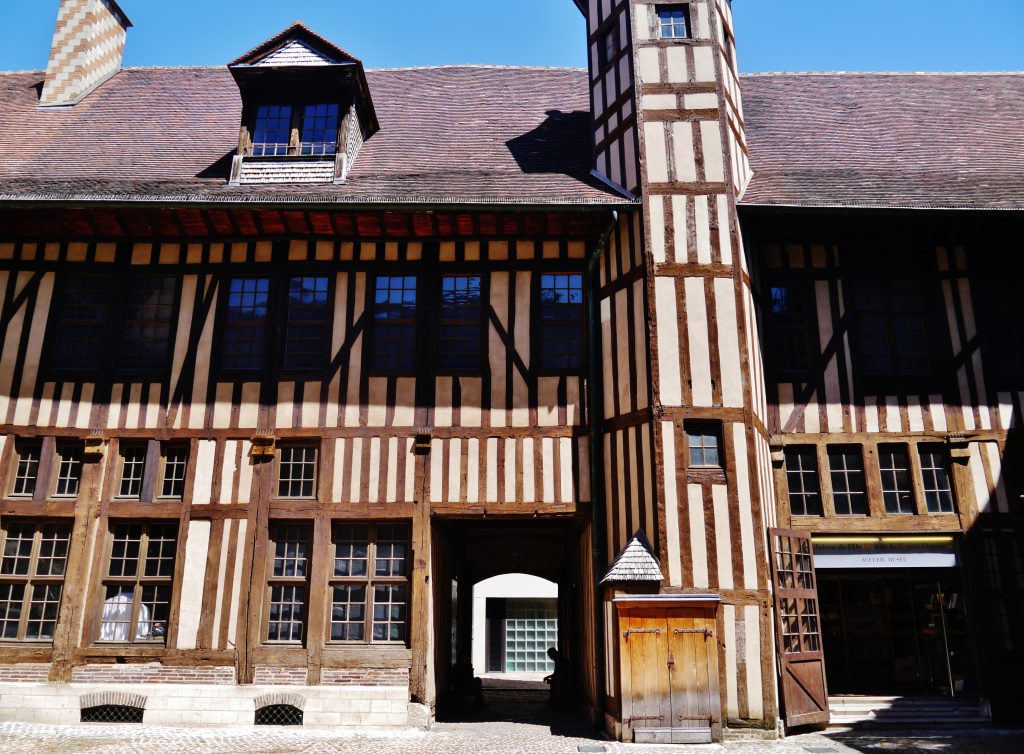
When in Troyes, you’ll surely notice the distinctive wooden-beamed medieval houses and narrow alleyways, such as the Ruelle des Chats (Cats’ Alley). The alley got its name because supposedly, cats can easily jump between the houses on either side.
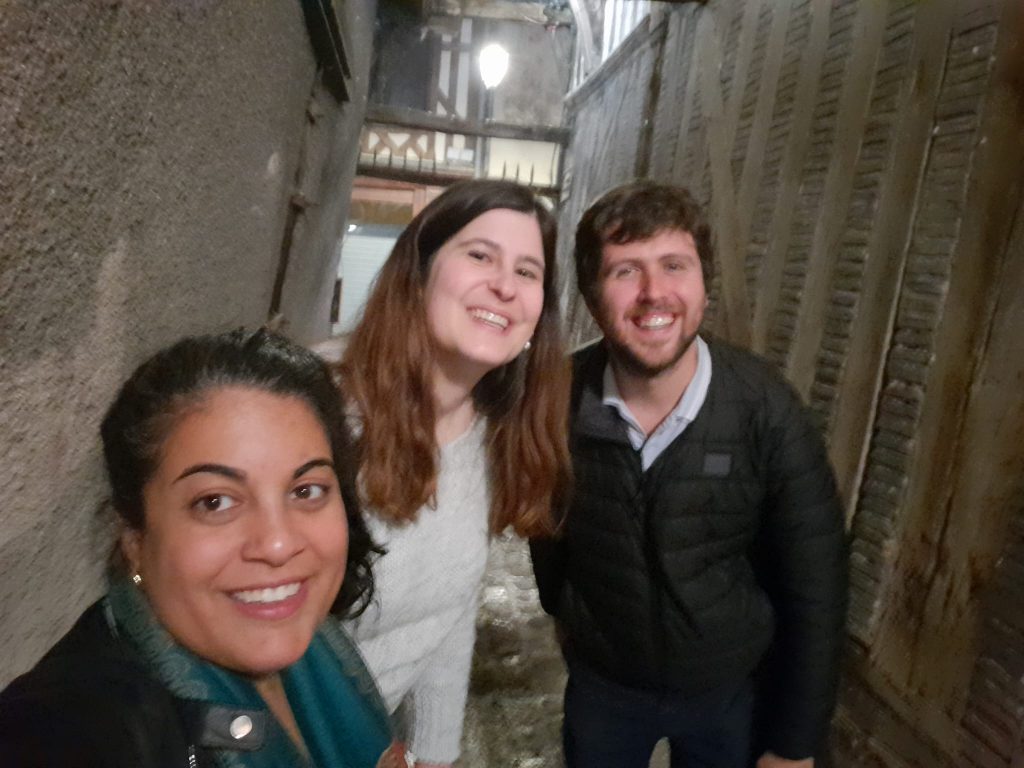
Visit a historic château
The countryside in this area is speckled with dozens of châteaux (manor houses). Some of these, like the one in the village of Polisy, are under renovation. Others are open for public visits.
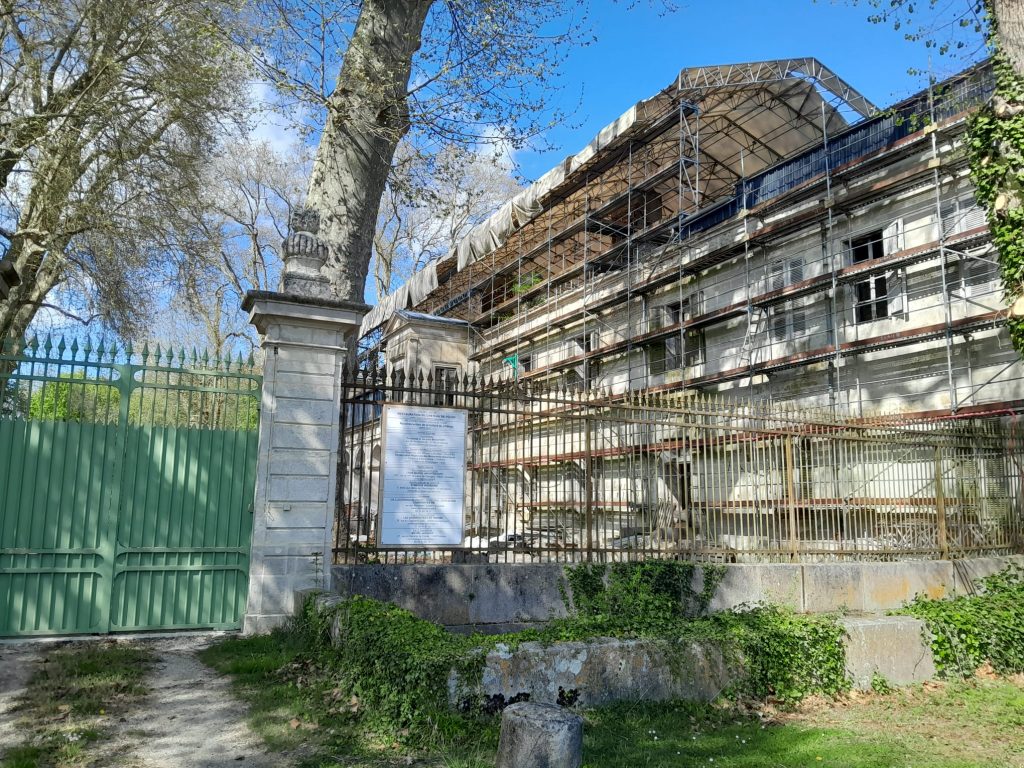
One château worth visiting is the Château de Maulnes. Located on a hilltop in the middle of rolling fields, it offers a lovely view of the surrounding countryside.
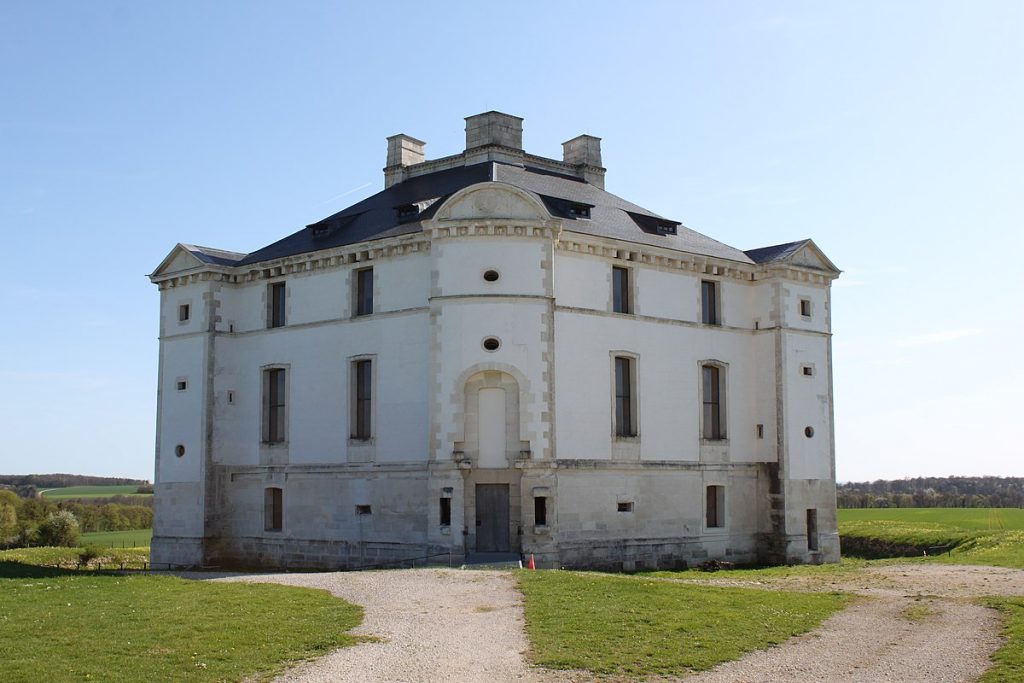
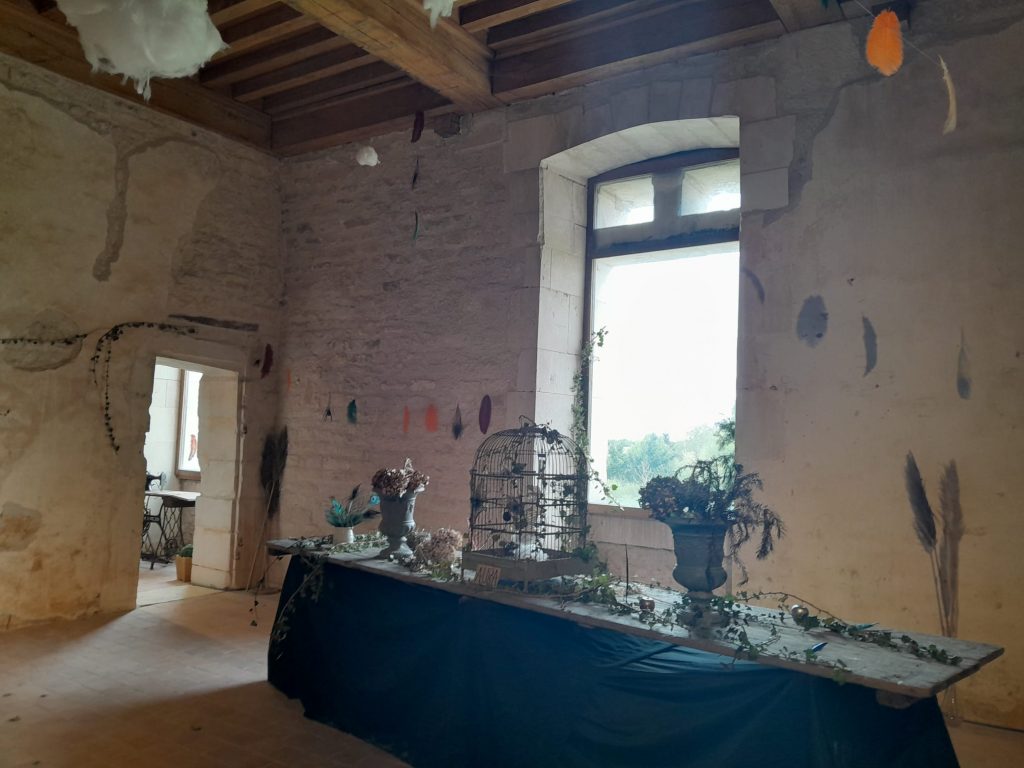

The Château de Maulnes is spread out across several floors, so expect some stairs (it’s also accessed via a set of stairs from the parking lot). Climbing onto the rooftop will allow you to enjoy the view. Exploring the property takes around 1-2 hours.
Other châteaux in the area include the Château de Taisne, the Château d’Autricourt, and the Château de Montigny-sur-Aube.
Sample produce at a local market
Every Friday morning from 8 am – 12 pm, you’ll find an open-air produce market in the town of Bar-sur-Seine.
Bar-sur-Seine is an important hub of the Aube region in France. The timber-framed houses here are similar to the ones in Troyes, and date to the 16th century. The backbone of this area is the Seine river, along with several other rivers like the Aube and the Sarce.
At the market, you can purchase fresh meat, vegetables, fruit, and other delicious foods… perfect for a barbecue or picnic. The vendors are very friendly and happy to help.
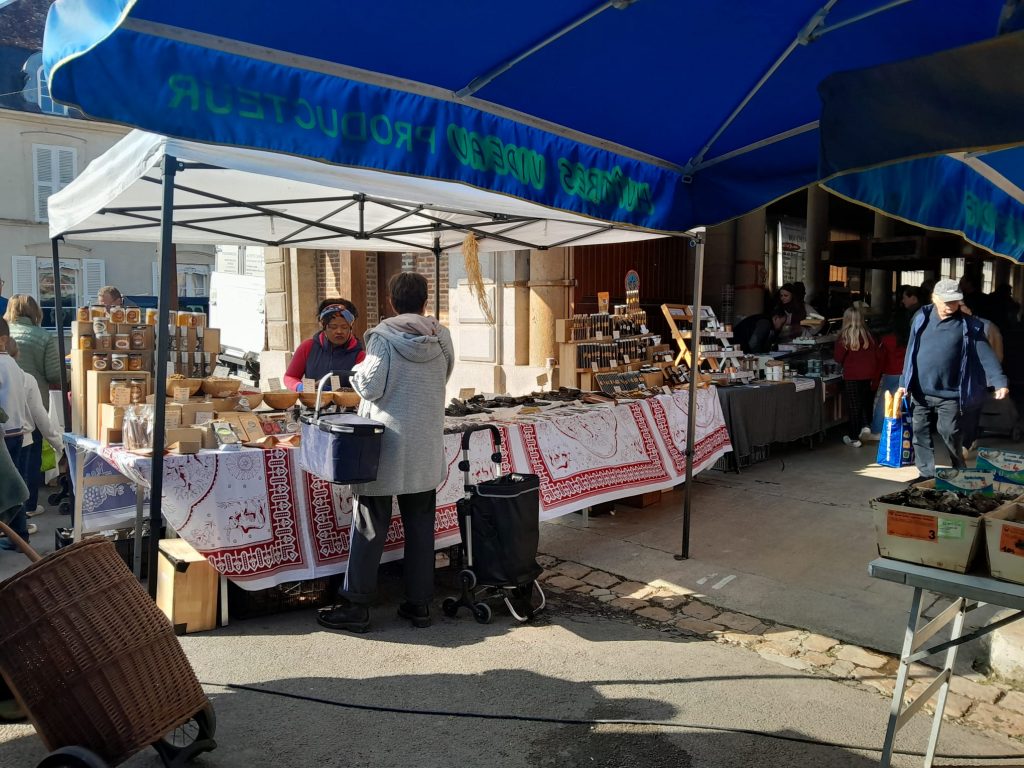
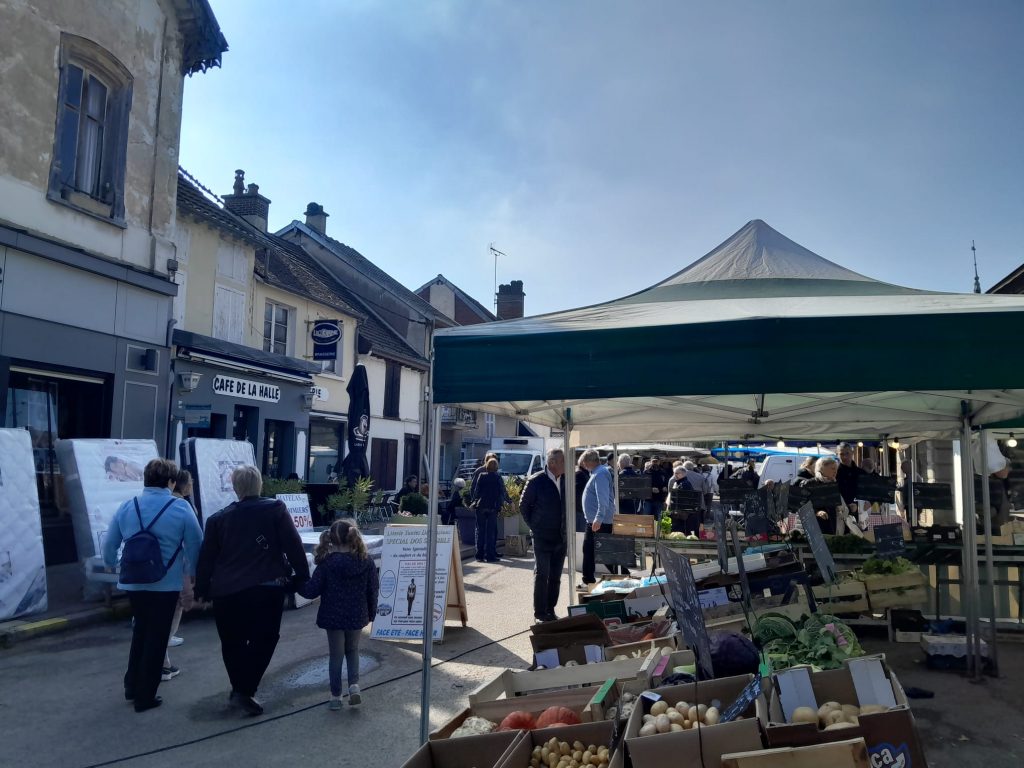
Sunbathe on the shores of the Lac D’Orient
The Lac D’Orient is an artificial lake, one of four Seine Reservoir Lakes created to protect Paris from flooding. It’s surrounded by the Forêt d’Orient (Orient Forest). The Knights Templar were active here in the 13th century, and the plot of forest they once owned is still known as the “Forêt du Temple”.
The lake itself has some small sandy beaches where you can swim. There are also paddleboats for rent, and a small stand where you can buy sweet treats like waffles and crêpes. If you get hungry around dinnertime, you can visit lakeside restaurant Le Belvédère to try some freshly-caught fish.
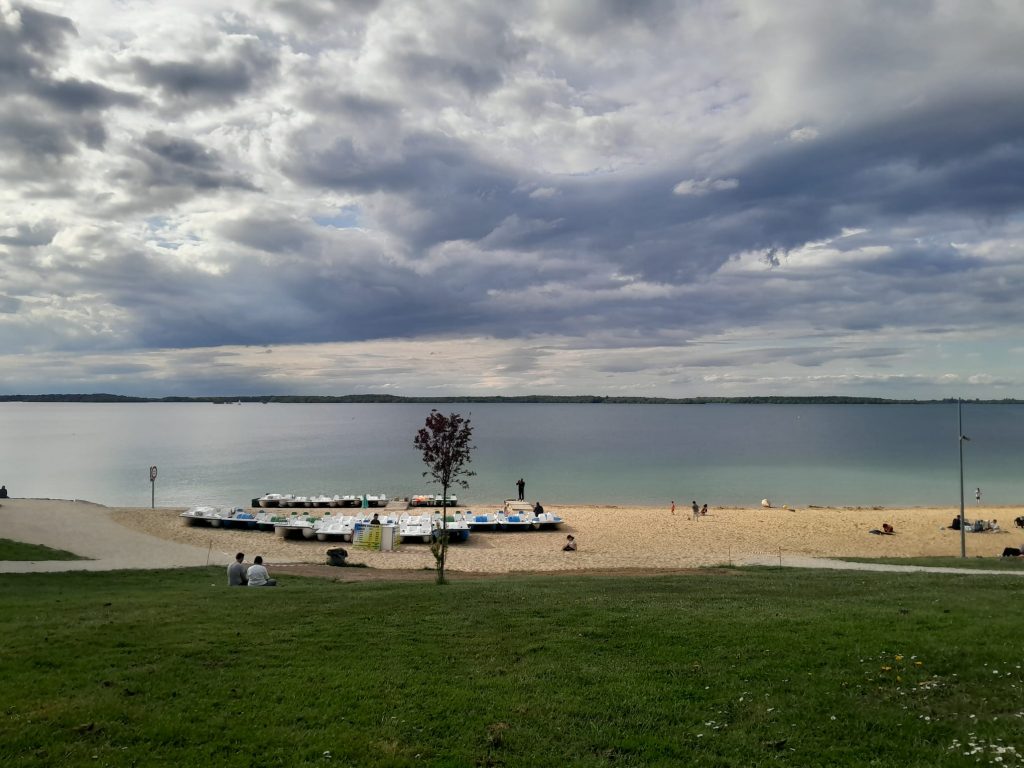
Around the lake, you’ll also find the Espace Faune de la Forêt d’Orient, a wildlife reserve and zoo where you can see animals such as bison and deer roaming in an open area.
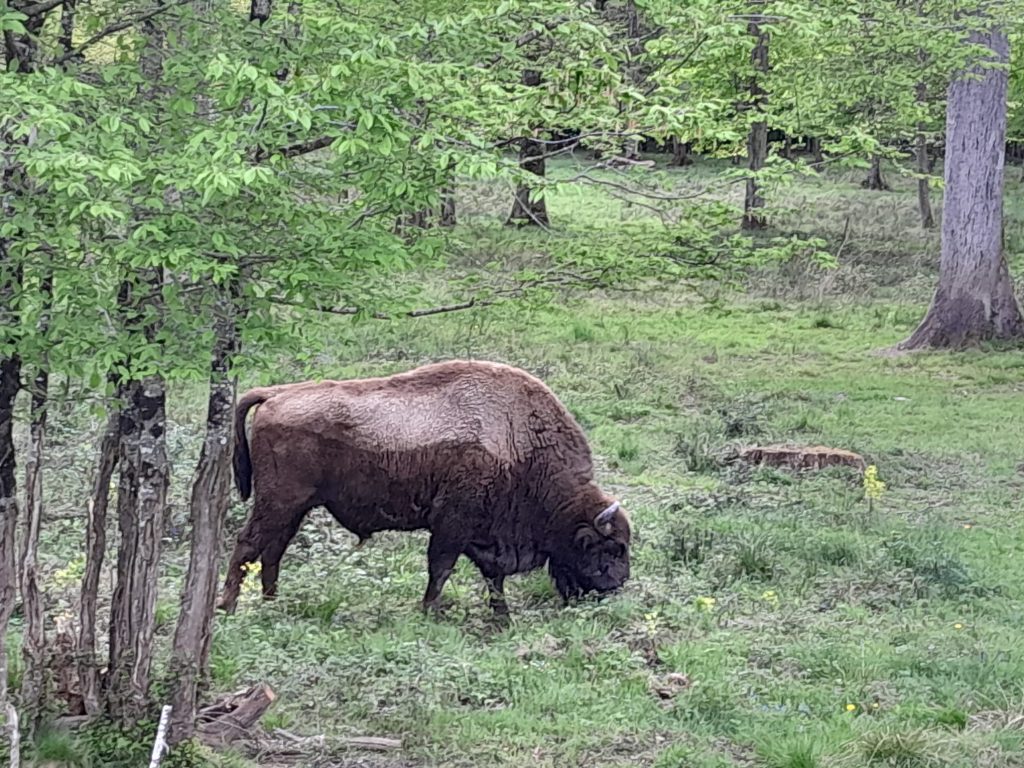
Follow the trail of Renoir in Essoyes
Pierre-Auguste Renoir is a well-known Impressionist painter. His famous portraits use soft colors to depict riverside scenes and naturalistic images of French country life. Renoir was heavily inspired by the landscapes of the Champagne region… and if you visit, you’ll see why!
In Essoyes, a tiny town of 700 people not far from Bar-sur-Seine, you’ll find Renoir’s summer home and painting studio. The property is now a museum, which you can visit to get a taste of how the painter lived.
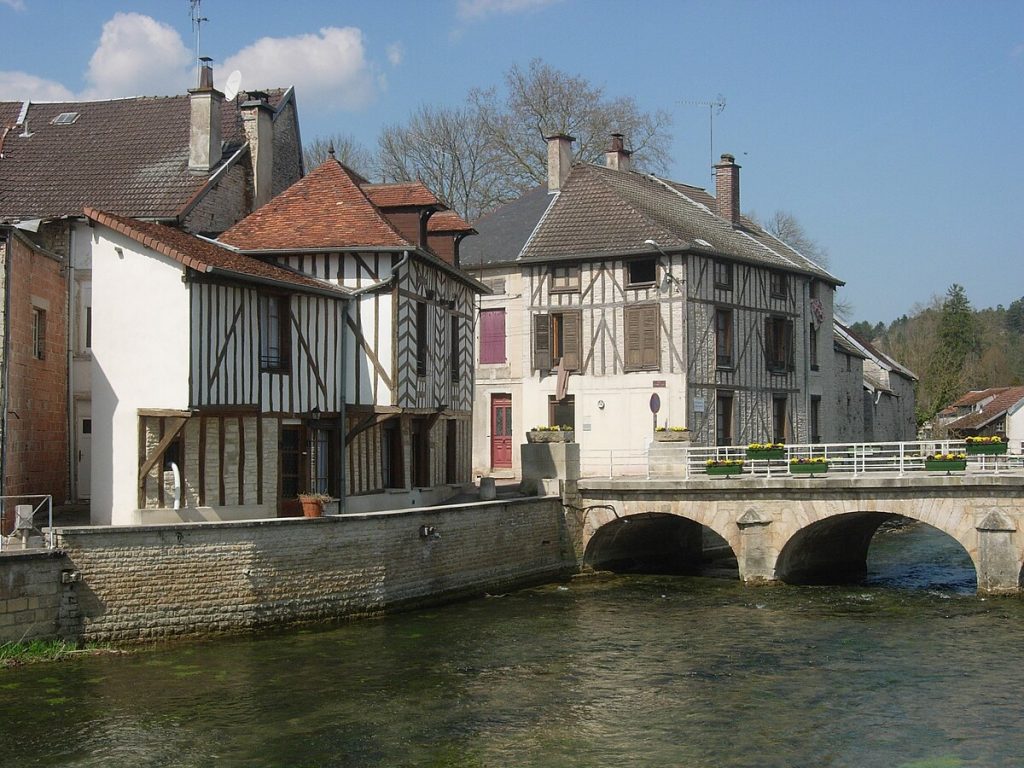
Explore a small champagnery
If you’re wondering what are the best small Champagne houses to visit, you should definitely spend some time exploring the premises of Champagne Fluteau in the village of Gyé-sur-Seine. Surrounded by vineyards, this small town of under 500 people is located just under an hour’s drive from Troyes.
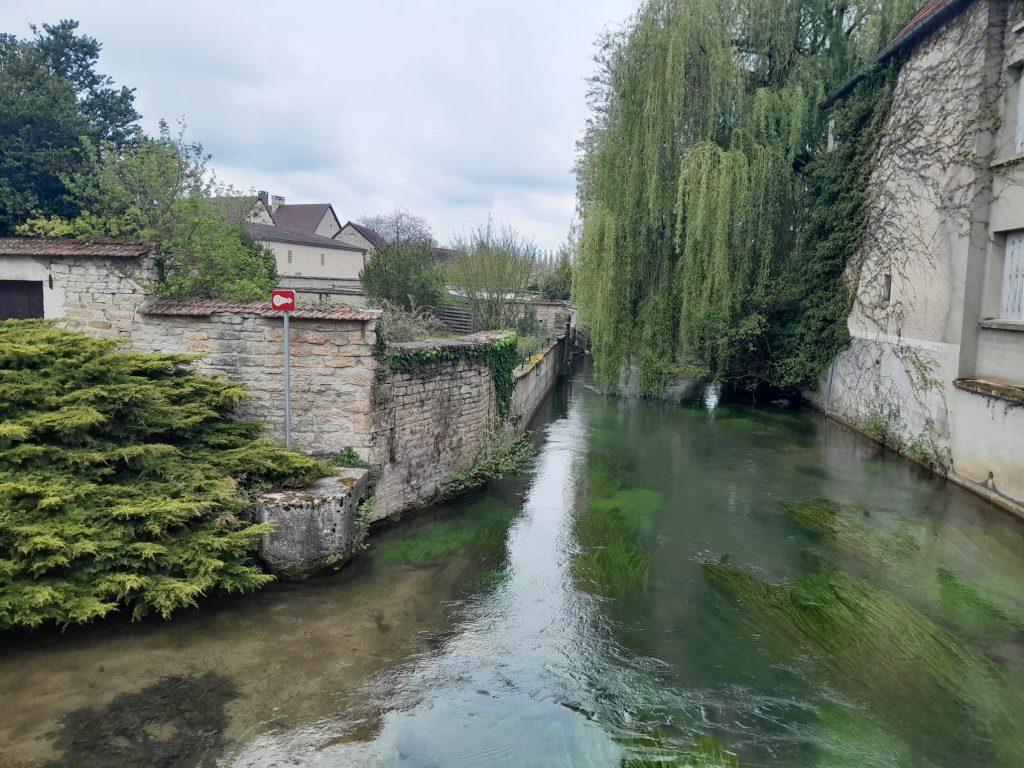
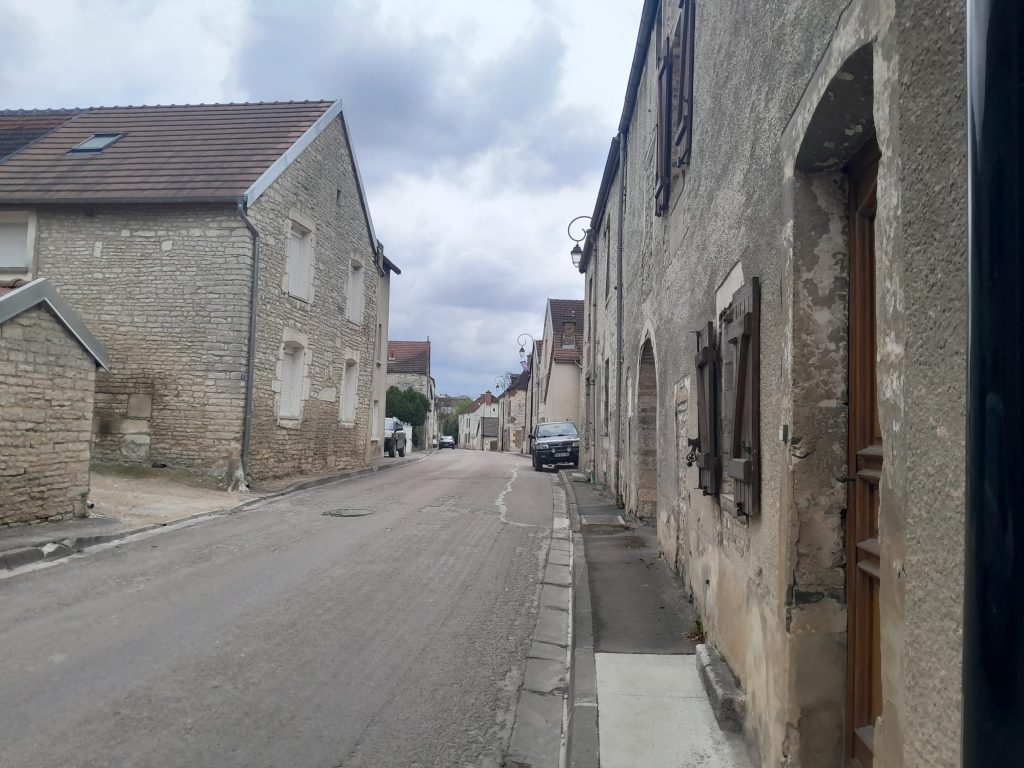
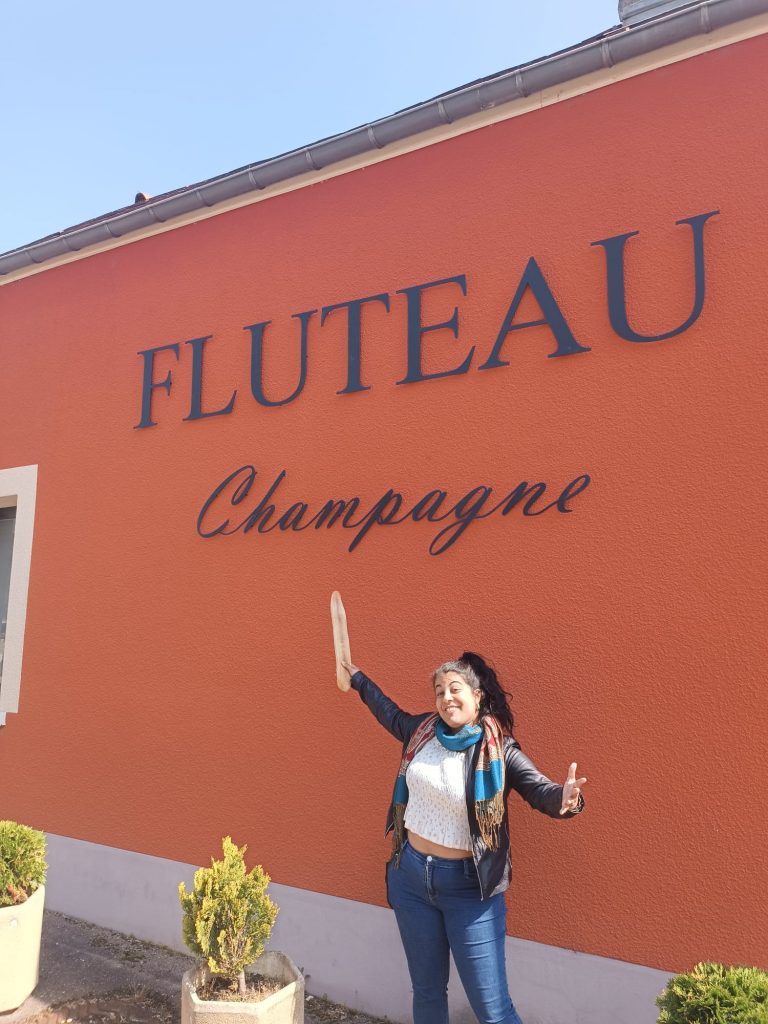
Champagne Fluteau has been in business since 1935, and is still family-owned and run. You won’t want to miss getting to know the Fluteau family and their unofficial mascot, Panama the golden retriever, as you sample their range of champagnes.
Interestingly, as longstanding residents of this area, the Fluteaus also have a connection to Renoir. You can read more about Gustave Fluteau and his acquaintance with Renoir here.
To book a visit or check out their range of seven Pinot Noir and Chardonnay champagnes, visit the website of Champagne Fluteau.
Have fun on your journey to the Champagne region!